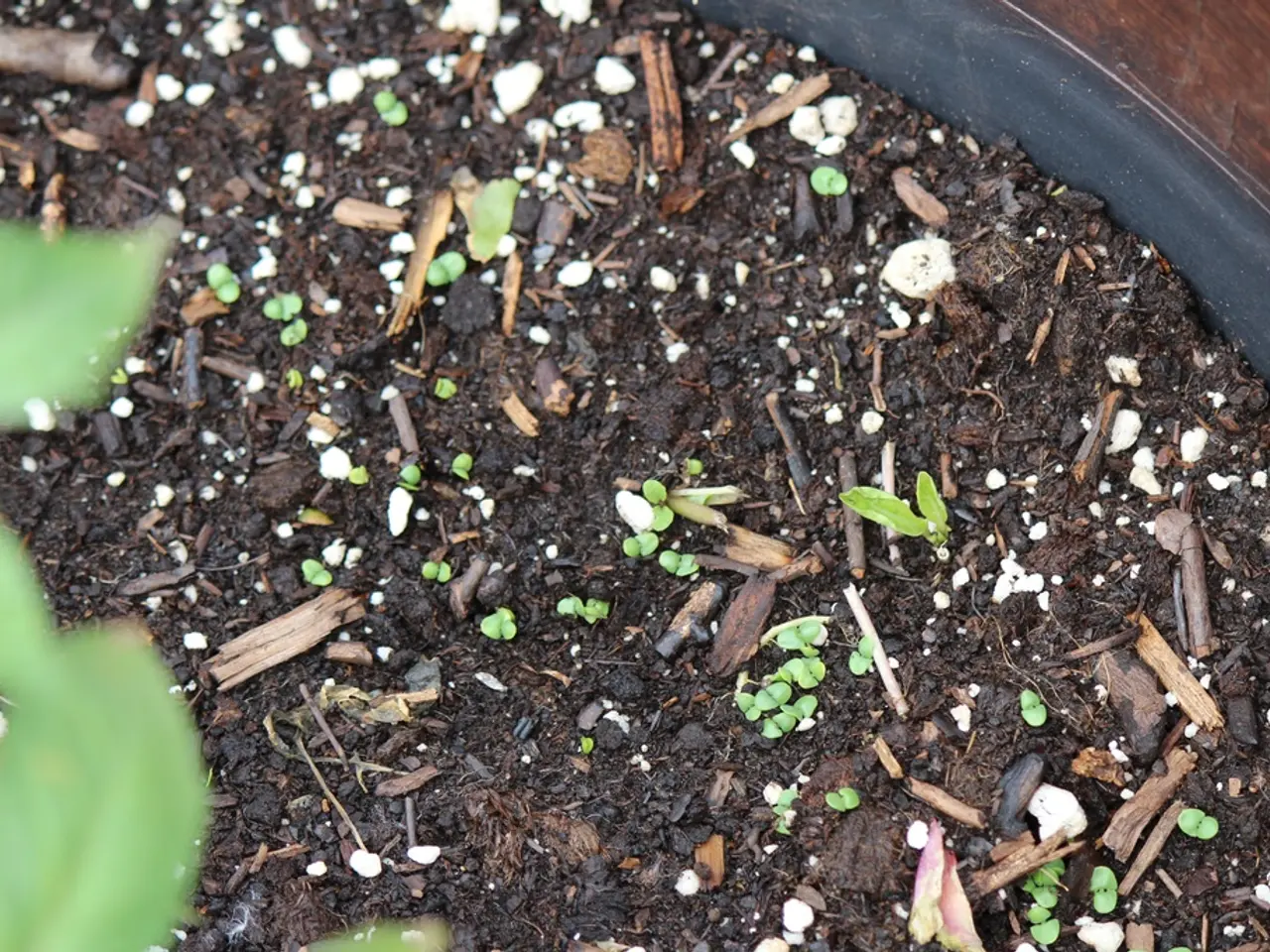Unraveling the Connection between Microorganisms, Humus, and Soil Health: A Detailed Insight
Microorganisms, tiny life forms that can only be seen with a microscope, are found everywhere on Earth, from the highest mountain peaks to the deepest ocean trenches. These microscopic organisms, including bacteria, fungi, algae, protozoa, and viruses, play an essential role in maintaining soil health.
Soil health is strongly related to microorganisms and humus through their roles in nutrient cycling, soil structure, and plant growth support. Humus, rich in organic compounds, acts as a nutrient and water reservoir, supporting microbial activity and enhancing soil texture and aggregation.
Humus provides a biologically active base where humic substances stimulate microbial communities by serving as energy sources, boosting their populations and activity in the rhizosphere (root zone). These microbes, in turn, release compounds that increase nutrient availability, produce phytohormones and enzymes, and improve root development and plant stress resistance.
Fungi, such as molds, yeasts, mushrooms, and larger organisms, contribute to the decomposition of dead plant and animal material in soil, transforming it into nutrients for plants. Some fungi also form symbiotic relationships with plants, aiding in nutrient uptake and reducing the need for chemical fertilizers.
Bacteria, too, play a significant role in the natural recycling system by breaking down organic matter in soil. Some bacteria cause diseases like pneumonia and tuberculosis, while others have beneficial roles such as decomposing dead organic matter or aiding digestion.
Protozoa, single-celled organisms, feed on other microorganisms or organic matter and contribute to nutrient cycling in water or moist environments like soil. Algae produce oxygen through photosynthesis and serve as food for aquatic creatures, further enriching the soil ecosystem.
The relationship between microorganisms and humus is crucial for soil fertility and plant health. Fertile soils with a high concentration of microorganisms and humus are more resistant to diseases and pests. This symbiosis between microorganisms and humus has far-reaching implications for soil health.
Moreover, beneficial microbes such as plant growth-promoting rhizobacteria, mycorrhizal fungi, and nitrogen-fixing bacteria form symbiotic relationships with plants, enhancing nutrient uptake and reducing the need for chemical fertilizers. The microbial genomic traits and activity are influenced by soil properties like pH and organic matter content, including humus, highlighting their interconnected role in soil ecosystems.
In conclusion, soil health depends on the dynamic interaction between humus and diverse soil microorganisms, which together regulate nutrient cycling, improve soil physical properties, and promote resilient plant growth. This relationship between microorganisms and humus is a key to soil fertility and plant health, making it a vital area of study for agricultural and environmental scientists.
Nutrition in soil is vital as microorganisms break down organic matter, releasing nutrients essential for plant growth. The role of fungi, such as decomposing dead plant and animal material, and symbiotically aiding plant nutrient uptake, is significant in this nutrient re-cycling process.
Additionally, environmental-science studies have revealed that a healthy soil ecosystem is characterized by a high concentration of microorganisms and humus, which together support plant growth, resist diseases, and contribute to soil health-and-wellness. This symbiosis plays a crucial role in promoting fitness-and-exercise by fostering resilient plant growth.




